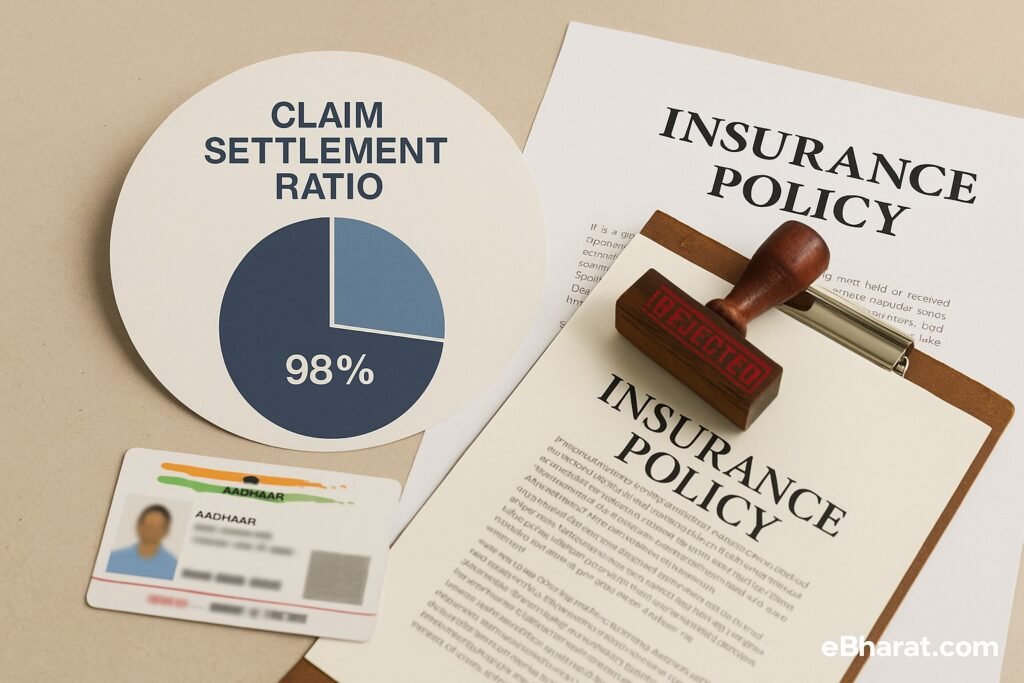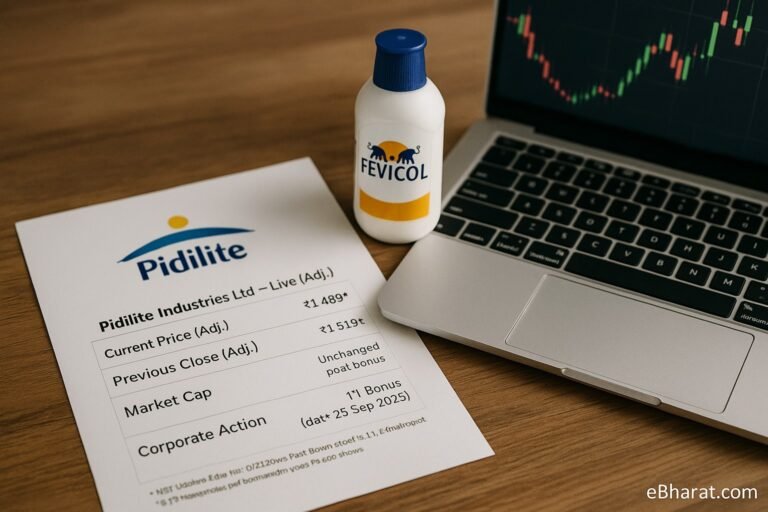
When buying life insurance, most people check one number: Claim Settlement Ratio (CSR).
LIC’s 98.5% CSR is often cited as the gold standard. Private insurers like HDFC Life or SBI Life also showcase their CSRs — usually above 95%.
But here’s the truth: CSR alone doesn’t tell you if your family’s claim will be paid smoothly, quickly, or without stress.
Let’s break down why this number is often misunderstood — and what you really need to check.
What Exactly Is Claim Settlement Ratio?
CSR is simply:
(Total Claims Paid ÷ Total Claims Received) × 100.
For example, if an insurer receives 1,000 claims and pays 980, its CSR is 98%.
Sounds great, right? But what this number doesn’t reveal is:
- How long those 980 claims took to settle.
- How many required repeated follow-ups or escalation.
- How many were paid only after intervention by IRDAI or the Insurance Ombudsman.
Why High CSR Can Be Misleading
Under Section 45 of the Insurance Act, an insurer cannot reject a claim after 3 years (except in cases of proven fraud). This means many older claims get paid anyway, even if they take months to resolve.
In other words, an insurer with a 97% CSR could still have:
- Dozens of delayed claims beyond 30–60 days.
- Families who went through legal battles to get what was owed.
- Documentation disputes that caused emotional and financial stress.
Real-Life Example
In 2024, a family in Jharkhand waited over 6 months for a ₹25 lakh claim, even though the insurer flaunted a 97.4% CSR. Why? A minor spelling error on the nominee’s Aadhaar delayed verification. The claim was eventually approved — CSR unaffected — but the family’s hardship remained invisible.
Better Metrics to Check Instead of Just CSR
If you want the real picture, look at these indicators:
| Metric | Why It Matters |
|---|---|
| Average Settlement Time | Tells you how quickly claims are paid after all documents are submitted. |
| % of Claims Settled Within 30 Days | Reflects efficiency — a better measure than overall CSR. |
| Grievance Ratio | High complaints or unresolved cases are a red flag for customer service. |
| Claim Rejection by Sum Assured | Small-value policies often face higher rejection due to paperwork gaps. |
CSR Is a Starting Point — Not the Final Answer
CSR is like looking at a car’s mileage on paper — useful, but not enough to judge real-world performance.
The bigger question:
Will your nominee get the claim amount smoothly, without needing to fight?
To ensure this:
- Read the claim process on the insurer’s website.
- Check real customer reviews on settlement timelines.
- Ask your agent about documentation requirements upfront.
- Avoid hiding medical history — it’s the #1 reason for rejection.
A 98% CSR might look impressive, but it’s not a guarantee of a hassle-free claim.
“While claim settlement ratios give you a glimpse into reliability, it’s equally important to know what your policy might actually cost. Use our Life Insurance Premium Calculator to estimate your yearly premium before you commit.”
When choosing an insurer, dig deeper into claim speed, complaint ratios, and service quality. Because when you’re gone, your family won’t have the energy to fight paperwork battles — they’ll need quick financial relief.













